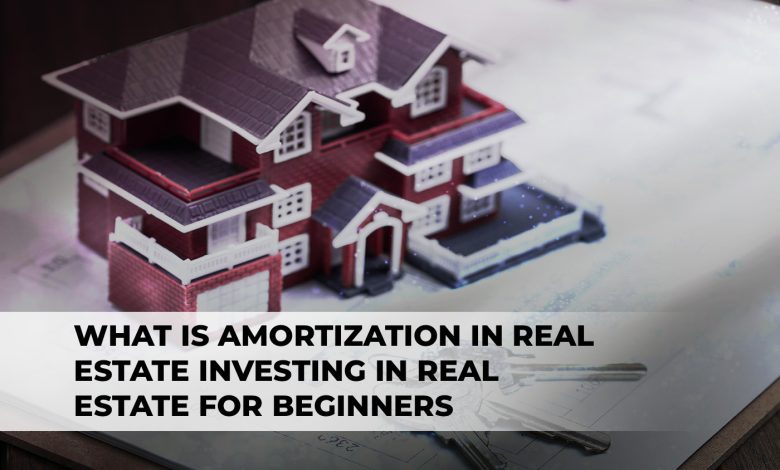
Investing in real estate is an excellent way to grow your portfolio, potentially gain long-term wealth, and diversify your income. However, if you’re new to investing in property, deciding which type of investment strategy is right for you can often be overwhelming. One key concept when understanding investments related to real estate is amortization—but what is amortization in real estate? In this blog post, we’ll explain the basics of amortization and how you can use this concept to create a successful real estate investment plan.
What Is Amortization in Real Estate?
In real estate, amortization refers to paying off a loan over time through a series of regular payments. Each payment is typically comprised of both principal and interest, with the principal portion going towards reducing the amount owed on the loan and the interest portion going towards compensating the lender for using their money.
Amortization schedules are used to track the progress of loan payments over time. These schedules show the breakdown of each payment, including how much of the payment goes towards the principal and how much goes towards interest, as well as the remaining balance of the loan after each payment.
In real estate, mortgages are commonly amortized over a period of 15 to 30 years, depending on the terms of the loan. Longer loan terms result in smaller monthly payments but more interest paid over the life of the loan. Shorter loan terms require larger monthly payments but result in less interest paid over the life of the loan.
Why Is It Important?
Amortization is important in real estate because it allows borrowers to budget and plan for their mortgage payments over time and provides a clear path toward paying off their debt. It also helps lenders manage risk by ensuring that they receive regular payments over time and can accurately predict the amount of interest they will earn on the loan.

Benefits of Amortization in Real Estate:
Amortization has several benefits in real estate, including:
- Lower Monthly Payments: Through amortization, borrowers can make their payments over a longer period and have smaller monthly payments. This makes it simpler for them to budget and pay off their mortgages in an affordable way.
- Equity Building: Amortization helps borrowers gradually build property ownership. Every repayment directed at the principal reduces the amount owed on the loan and boosts each borrower’s stake in said property.
- Predictable Payments: Fixed-rate mortgages offer borrowers the assurance and stability of knowing their monthly payments will remain consistent throughout the entire course of the loan. This allows them to plan for their future mortgage expenses accurately, providing financial peace of mind.
- Interest Savings: When borrowers systematically pay down the principal, they can significantly reduce the amount of interest paid on their mortgage. This will translate into impressive savings over its lifespan.
- Early Loan Payoff: Amortization schedules clearly demonstrate the effects of making extra payments to the principal. These additional payments can help individuals pay off their loans sooner and reduce their interest expenses, leading to great savings in the long run.
To Sum Up:
Amortization is a major benefit for borrowers, as it helps to manage debt and build equity in their properties over the long term. Not only does this process offer stability in mortgage payments, but it also provides opportunities to save money or even pay off your loan early. With amortization, you can be confident of predictable payment amounts throughout the entirety of your loan term.






